AI agents are emerging as digital co-workers, taking on repetitive tasks that traditionally bog down teams.
But not all AI tools are created equal. Orthopedic-specific workflows demand automation that’s trained on the nuances of imaging, pre-op clearance, surgical scheduling, and documentation. In this article, we’ll break down the most useful AI agents for orthopedic practices and how they drive efficiency, compliance, and patient throughput.
1. Prior Authorization Agent
Orthopedic procedures—particularly joint replacements, spine interventions, and advanced imaging—often require prior authorization. This is time-consuming and varies widely by payer.
What this agent does:
- Gathers clinical data from the chart
- Cross-checks payer-specific criteria
- Drafts or submits auth requests
- Tracks response status
- Flags missing documentation
Why it matters:
This agent helps avoid delays in surgery scheduling and reduces revenue leakage from denied claims.
2. Fax Triage Agent
Many orthopedic clinics still rely heavily on fax—whether it’s referrals, imaging results, or physical therapy updates. Manual review wastes hours each week.
What this agent does:
- Reads and classifies inbound faxes
- Routes them to the appropriate provider, nurse, or front desk
- Extracts key data (patient name, date, provider, keywords)
- Flags urgent items like post-op complications or imaging reports
Why it matters:
Reduces the manual burden of inbox cleanup and ensures nothing important gets missed.
3. Refill Request Agent
Orthopedic patients often request refills for pain medications or ongoing conservative management. These are high-risk from a compliance and workflow standpoint.
What this agent does:
- Triages refill requests based on chart data and prescribing history
- Prepares the refill order or flags it for review
- Logs documentation to maintain audit trails
- Alerts if refill frequency exceeds policy
Why it matters:
Helps orthopedic providers respond quickly while staying compliant with DEA and practice protocols.
4. Chart Preparation Agent
With a high volume of follow-up visits and imaging reviews, orthopedic chart prep becomes a major bottleneck.
What this agent does:
- Prepares visit summaries based on the patient’s condition (e.g., osteoarthritis, rotator cuff injury)
- Pulls in recent imaging and PT notes
- Flags missing labs, documents, or referrals
- Highlights relevant changes since last visit
Why it matters:
Gives providers a 60-second head start on every visit, improving both speed and quality of care.
5. Eligibility and Insurance Verification Agent
Every surgical candidate must go through insurance verification and eligibility checks—which often delay scheduling.
What this agent does:
- Verifies eligibility across major payers
- Logs coverage details in the EHR
- Flags coordination of benefits issues
- Tracks expirations for auths or referrals
Why it matters:
Prevents errors that lead to reimbursement delays or cancellations the day of surgery.
6. Follow-Up and PROMs Agent
Orthopedic value-based contracts often require tracking of PROMs (Patient Reported Outcome Measures) like KOOS, HOOS, or ASES scores.
What this agent does:
- Sends reminders to patients pre- and post-surgery
- Tracks submission status and scores
- Escalates to care team if not completed
- Logs results for quality and payer reporting
Why it matters:
Directly supports performance-based reimbursement and helps clinics meet compliance metrics.
7. Referral Intake Agent
For clinics receiving high volumes of referrals from PCPs or EDs, manual intake slows down scheduling and creates risk.
What this agent does:
- Parses referral documents (even handwritten faxes)
- Logs diagnosis, referring provider, imaging status
- Initiates scheduling workflows
- Flags missing info for follow-up
Why it matters:
Improves time-to-visit and ensures orthopedic capacity is matched to incoming demand.
Choosing the Right Platform
Not every AI vendor offers true agent-based workflows. Some tools only summarize notes or automate parts of documentation. If you're building an AI-powered back office for orthopedics, make sure your platform:
- Handles multi-modal input (text, PDF, fax, HL7)
- Offers role-specific agents trained on ortho tasks
- Integrates with your existing EHR and PACS systems
- Logs every action for audit and QA compliance
- Allows custom escalation rules for urgent or abnormal findings
Why Honey Health?
Honey Health offers a fully integrated AI back-office platform designed specifically for surgical specialties like orthopedics. Instead of generic tools, you get a suite of purpose-built AI agents aligned with your real-world workflows.
For example:
- A regional ortho group reduced pre-surgery auth turnaround time by 42%
- Another practice saw a 3x improvement in fax triage time, leading to faster imaging follow-up
- Clinics using Honey’s PROMs agent saw a 70% increase in completion rate within 90 days post-op
Final Thoughts
Orthopedic care teams face unique operational challenges—complex procedures, heavy documentation loads, and high patient volumes. AI agents can help your team stay focused on patient care while automating the repetitive, error-prone tasks that slow you down.
Ready to scale your orthopedic operations? The right set of AI agents can help you grow smarter, not harder.

